Bear Canister Tips and Strategies
For those unfamiliar with the concept, a bear canister is a bear-proof container used for storing food (and basically anything with a smell/fragrance) in the backcountry.
What’s that? Bear-proof, but not human proof? Yes, because although they could literally (and effortlessly) tear us to pieces, we have something the bears don’t: opposable thumbs (and nukes). But on that note, imagine if bears evolved to possess thumbs – they’d be unstoppable.
Bear canisters are typically disliked by hikers since they are bulky, rigid, and heavy. But it turns out that bears are pretty damn strong (and also pretty damn smart), so something substantial is required to keep them from getting at your goodies.
In case you’re thinking, “Pfft, I don’t need a bear canister, I can just hang my food from a tree”, it also turns out that many wilderness areas across the United States require that you carry a bear canister (and yes, you will be fined if you’re discovered without one).
Check out my post on the best bear canisters to find out more about what’s available.

Bear Canister Basics
Before we get into the more advanced tactics for dealing with bear canisters, it’s probably best to cover the basics.
Even if you’ve used a bear canister before and are (or think you are) familiar with bear can etiquette, it wouldn’t hurt to review this information and make sure you’re doing everything you can to ensure an enjoyable (and bear-free) time.
- Bear canisters aren’t only for food. Basically, anything that goes on your skin (sunscreen, soap, repellent, medication, etc.) probably belongs in your bear canister.
- Keep your canister at least 100 ft / 30 m from your campsite.
- If you’re entering somewhere that requires a bear canister and asking, “Do I really need one?”, the answer is yes, you absolutely need one.
- Close and lock your bear canister (I know, obvious, but you’d be surprised)
- Do not place your bear canister next to cliffs, ledges, water sources, or anywhere else a bear may be able to knock it off of or into.
- Do not attach anything to your bear canister (ropes, carabiners, shoe laces, etc.) that would allow a bear to carry it off (with it’s teeth).
- Your bear canister should not be used as a flotation device (especially not when attempting to escape an engaged bear).

That covers the basics, so now here are some bear canister tips and strategies to make your life a bit easier.
Get something fluorescent/reflective
This one’s easy: get yourself from reflective tape, stickers or paint and decorate your bear canister (because you’re an artist). The logic here is that if you need to retrieve your can in the dark, it will be easier to find. Obviously, this is not essential, but if making your bear canister reflective makes you feel better about yourself, then go for it.
Carry it in the center of your pack
Adding a bear canister to your pack will likely change your packing dynamic (especially since your canister won’t get smaller as you consume your food). If you have your sleeping bag at the bottom of your pack (and if you don’t, you may want to rethink your packing strategy), then carrying your bear canister right on top of it – in the center of your pack – does a nice job of putting the weight (and bulk) at a strategic place in your pack.
Load it sideways
Your bear canister will probably be your single largest piece of gear (except for maybe your sleeping bag) and therefore requires special consideration when being allotted space in your pack. Something you may want to consider when buying your pack is whether it can fit a bear canister horizontally. The BV500, a common choice among PCT hikers, will not load sideways into all backpacks, and can cause problems for hikers who wait until Kennedy Meadows to first try to load their packs with their bear canisters.
Note: The BV500 fits horizontally into both my Atmos 65 and Exos 58.

Keep your first day’s food separate
If you’re worried about not having enough room in your bear canister for a particular stretch of trail (I know I was for the Kennedy Meadows to VVR stretch), remember that you can always keep your first day’s worth of food out of your bear canister since you will be consuming it all before needing to store your food for the night.
You may even want to separate out your food for the day each morning since constantly opening and closing a bear canister isn’t the most exhilarating of activities.
Lose the packaging
This tip isn’t only for when you’re using a bear canister, but it especially helps since your space will suddenly be limited. Lose the packaging from your food to save space (and weight) in your canister. Transferring your food into Ziploc bags makes your food resealable and allows you to get rid of any pesky air taking up space in manufacturer packaging. Got a delicious bag of creamy chicken pasta from Bear Creek? When resupplying open it up, throw out the packaging and put that goodness into a Ziploc.
Layer your days
If you’re filling your bear canister to the brim with food, then you may want to be strategic about where you place your food (you will also need to be a Tetris master). Thinking about putting all your breakfasts, lunches, and dinners together? Sounds fine, until you realize that you’ve hidden all your dinners in the depths of your bear canister.
This becomes less a problem as you eat your food, but for the first couple of days, this is something to consider. Make sure that you layer your food by day and not by type.

Load and store food sideways
If you turn your bear canister on its side when loading your food into it (instead of placing it on the ground with the opening facing skyward), you can make all of your goodies a lot more accessible. Instead of having a dozen layers of food that you need to dig through should you want to reach the bottom, you now have two or three.
The lids are multi-purpose
Need a shitty frisbee? An impromptu weapon? A perfect circle for creating beautiful artwork in the dirt? Maybe just a semi-clean surface to make prepare your food on? Your bear canister has you covered. That is, as long as you don’t have one of the incredibly expensive Wild Ideas canisters (whose lids are attached to the canister). And if you really like the idea of a multi-purpose lid, check out the Big Daddy or Lil’ Sami from LIGHTER1 – whose lids double as pots.
Use it as a seat
Lastly, and one of the only benefits of having a bear canister (other than your food not being ravaged by bears in the night), is that bear canisters make excellent seats. That is, most bear canisters make for an excellent seat – The Bear Keg has a rounded top and is not the most comfortable when it comes to backcountry furniture. Who knows, you might even miss having your trusty seat around once it’s gone from your pack (but you probably won’t miss the weight).
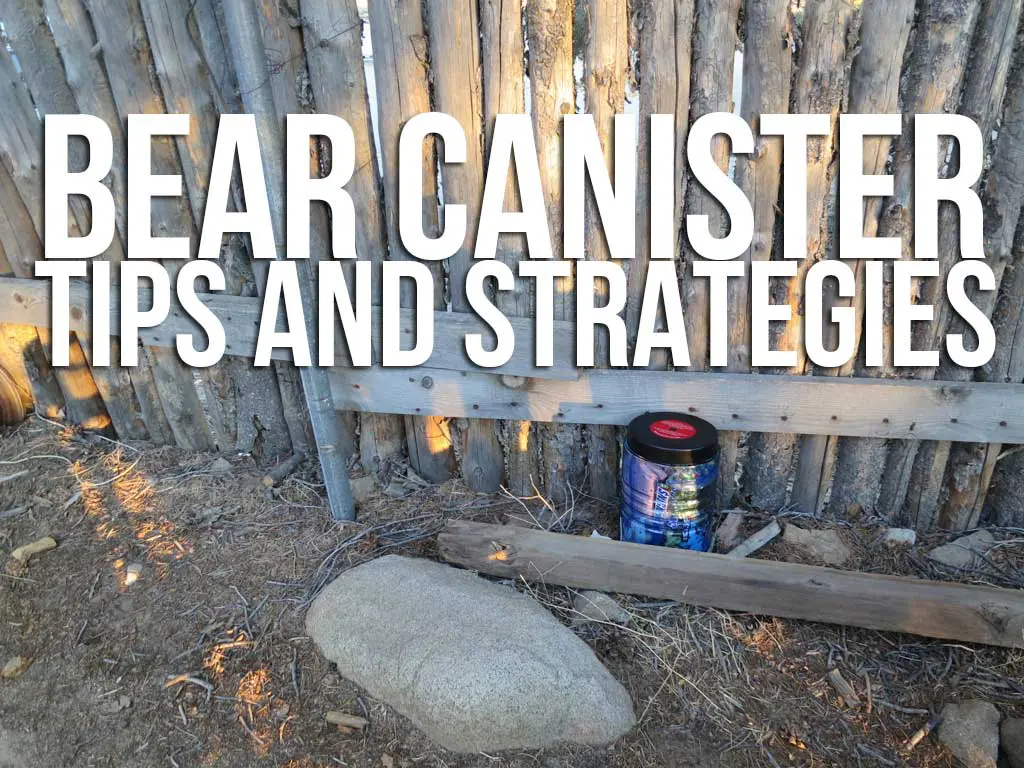
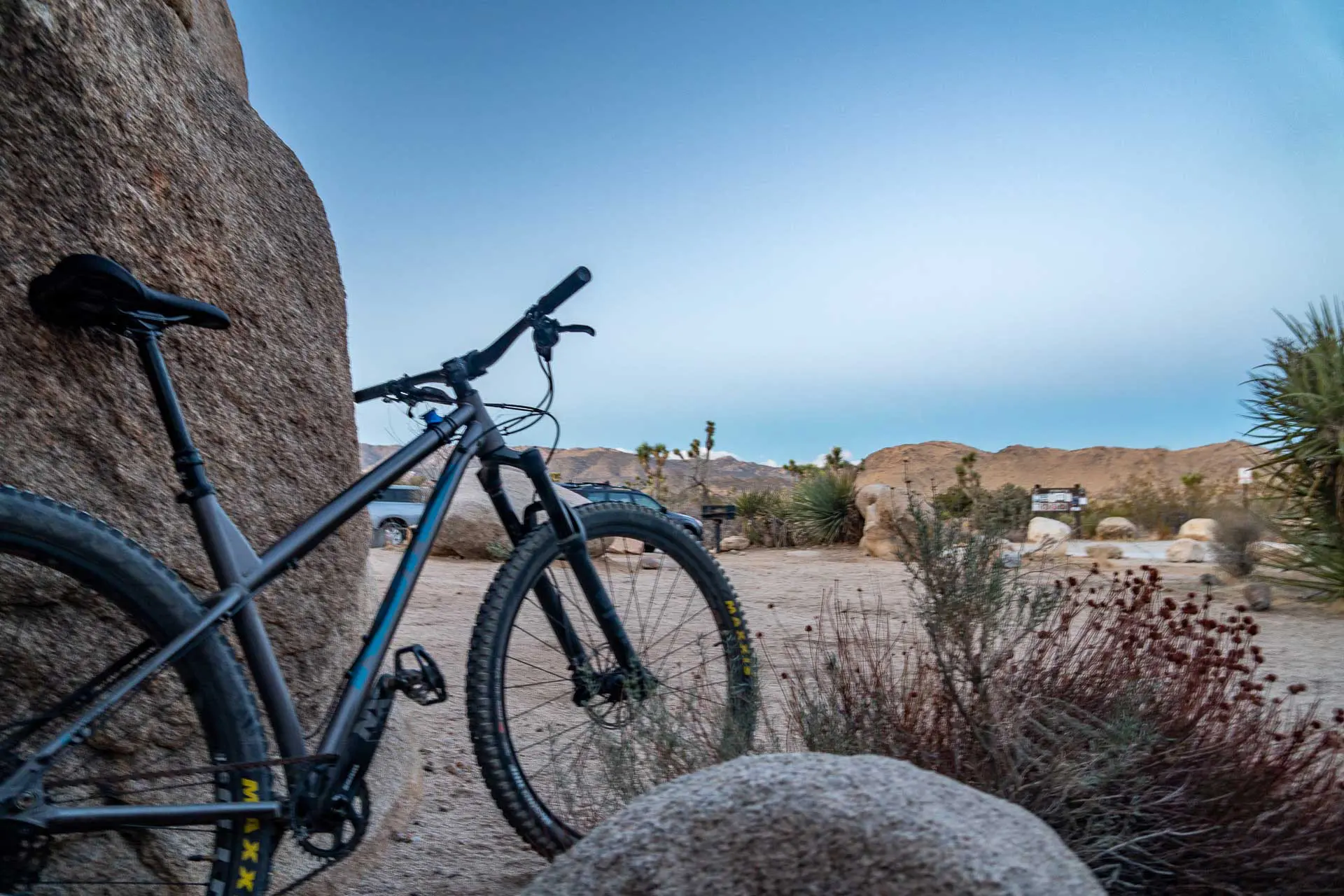

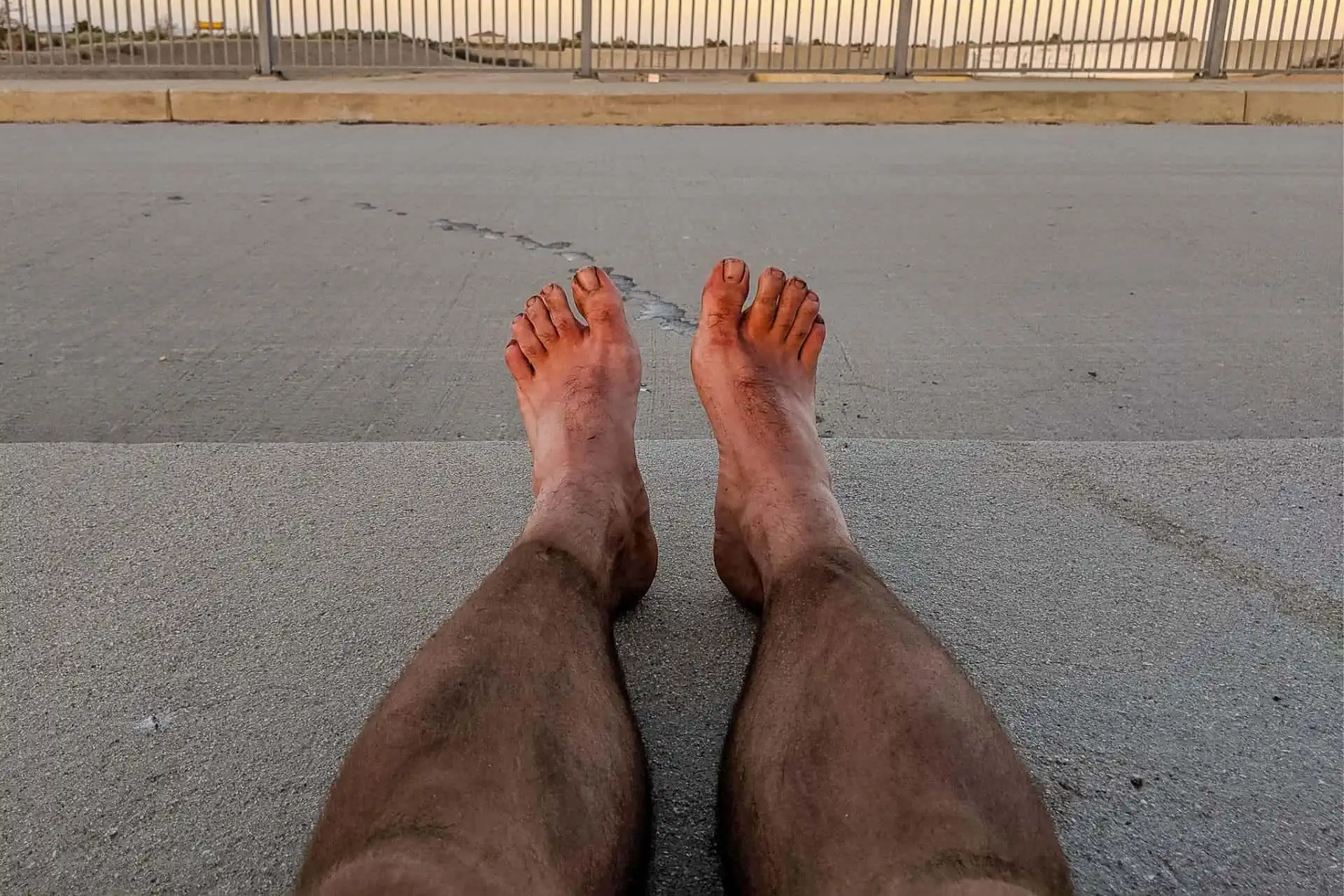
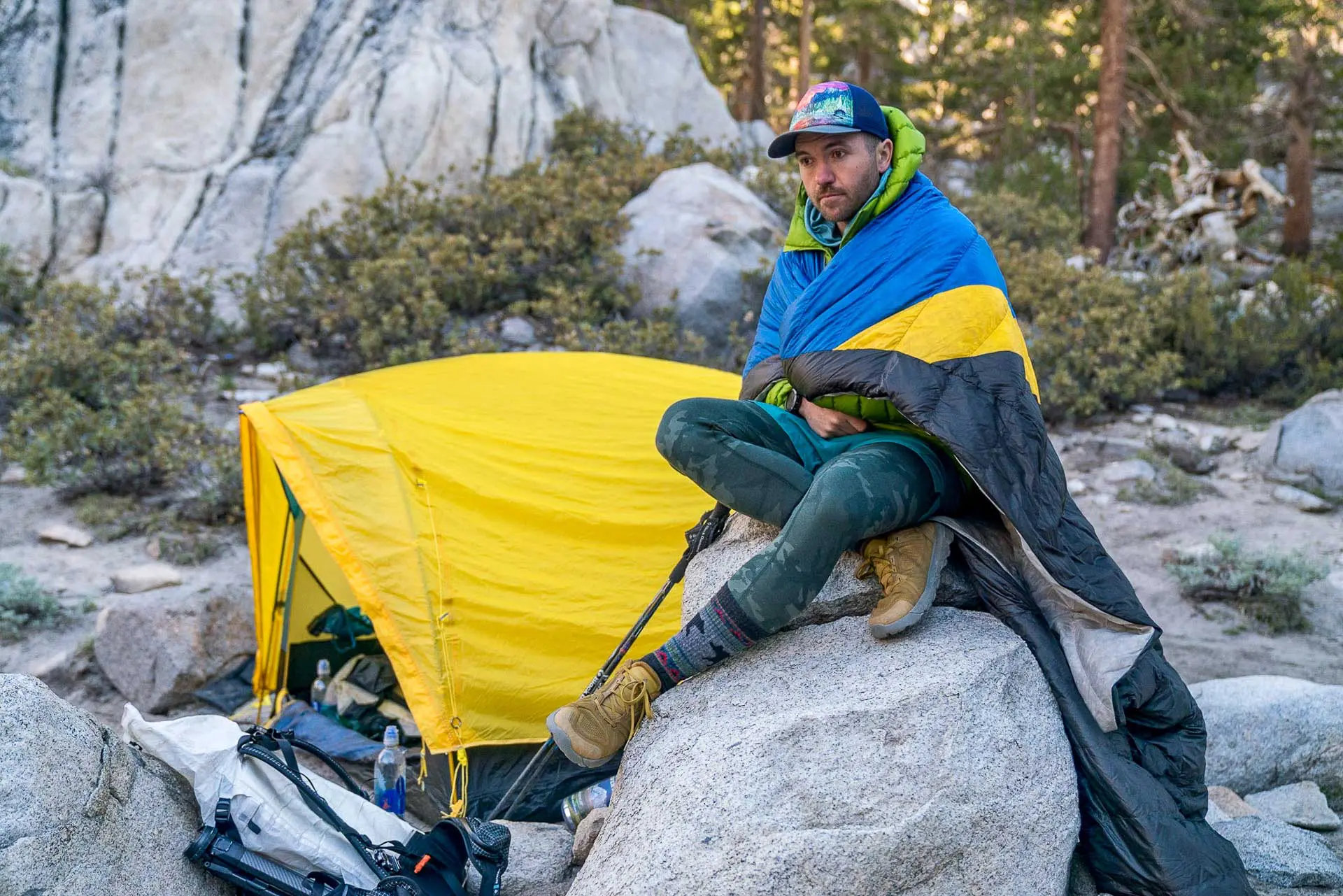

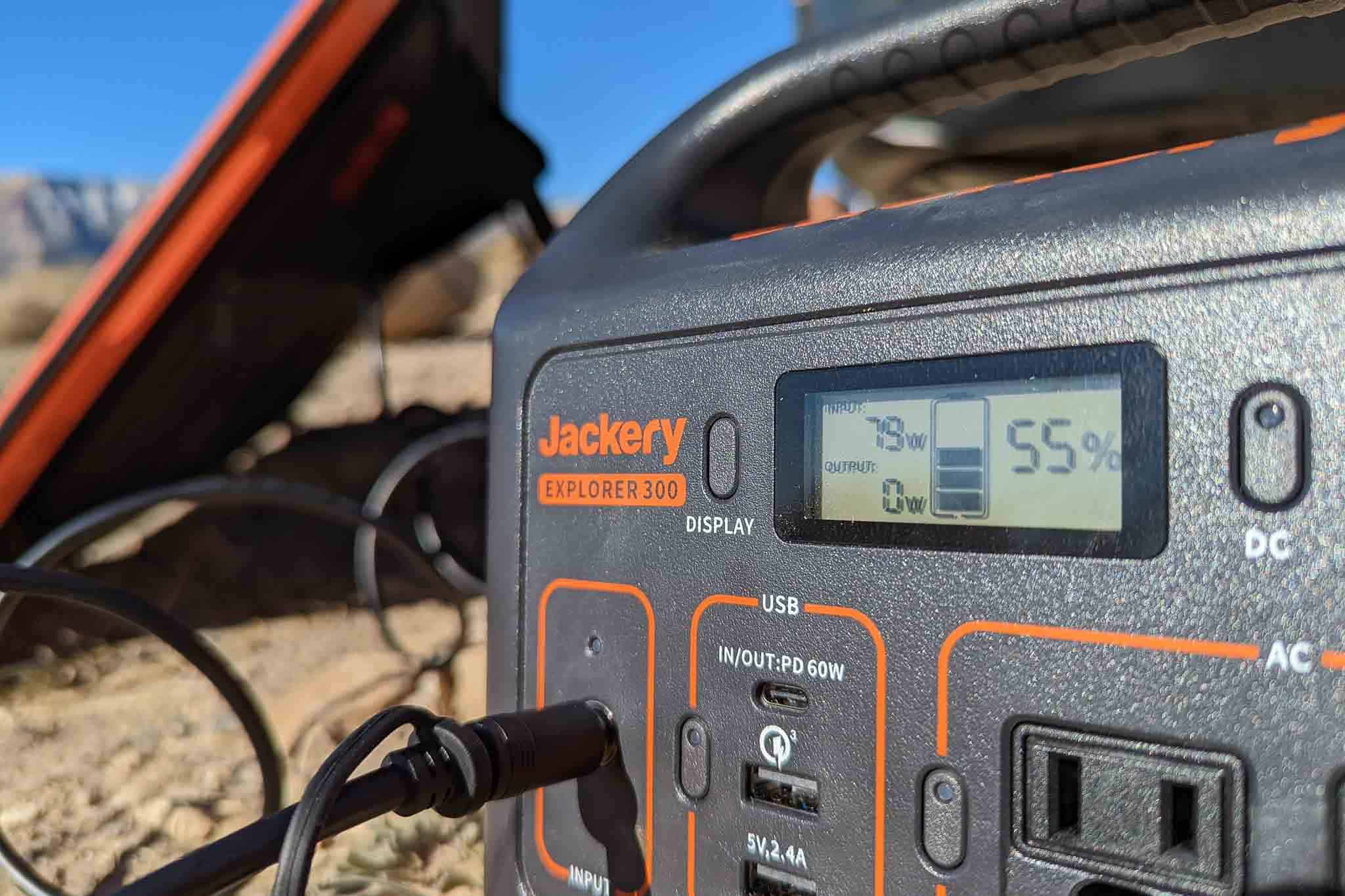
How do you make dehydrated meals without the insulated pouch it comes packaged in?
As in how do you prepare them on the trail? I always bring the pouch with me. I have friends who use Ziploc bags instead, but I don’t trust them with boiling water (I feel like something must get leached out of the plastic).
I was wondering, since a woman has a lower center of gravity, would it be OK to pack the bear can in the bottom of her pack? I’m using a Gregory Deva 60L, and I can’t get my “small” bear vault stable above my sleeping bag and pad. It just fits better in my pack on the bottom. I haven’t actually hiked with the bear vault yet. I’m experimenting with packing it. =)